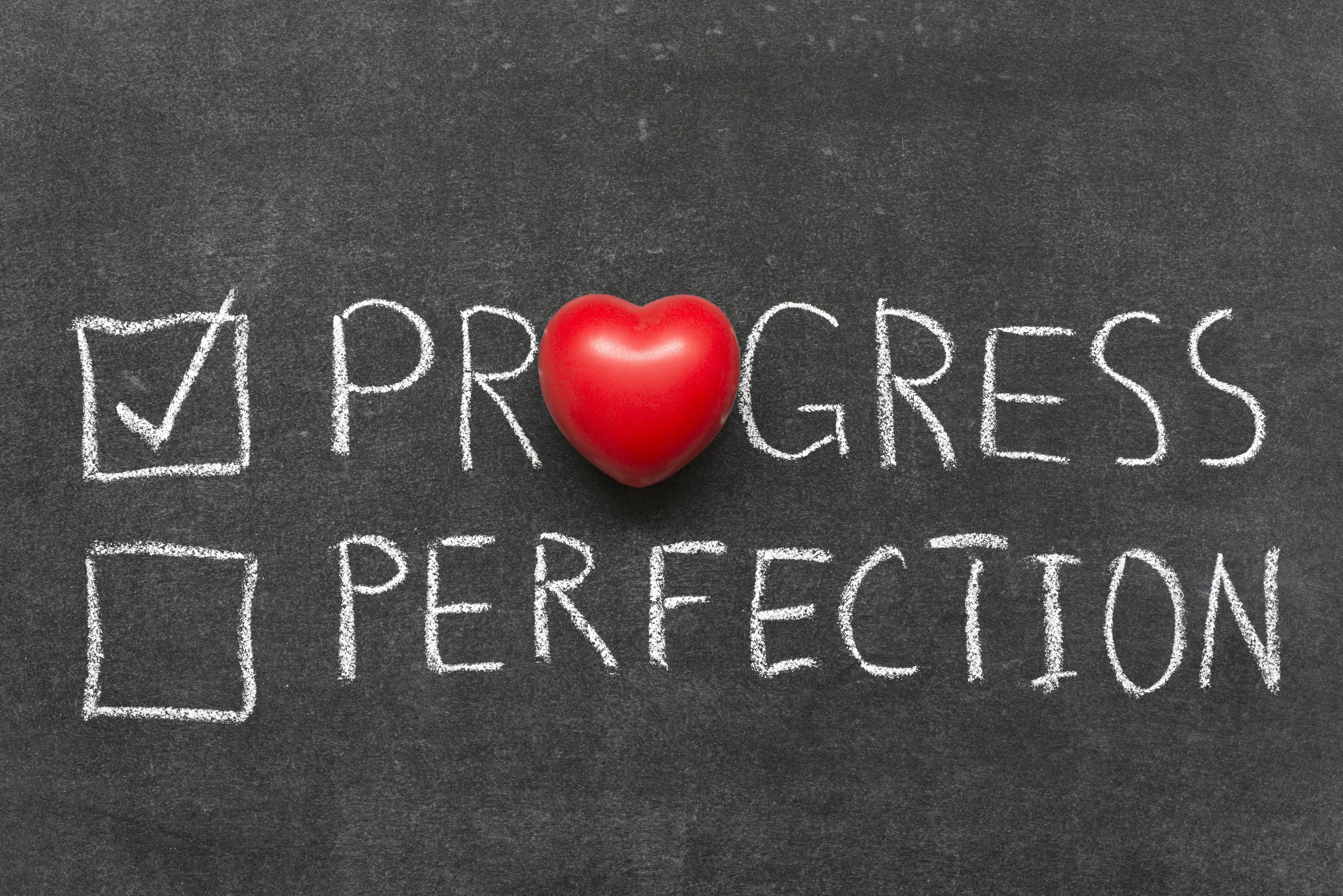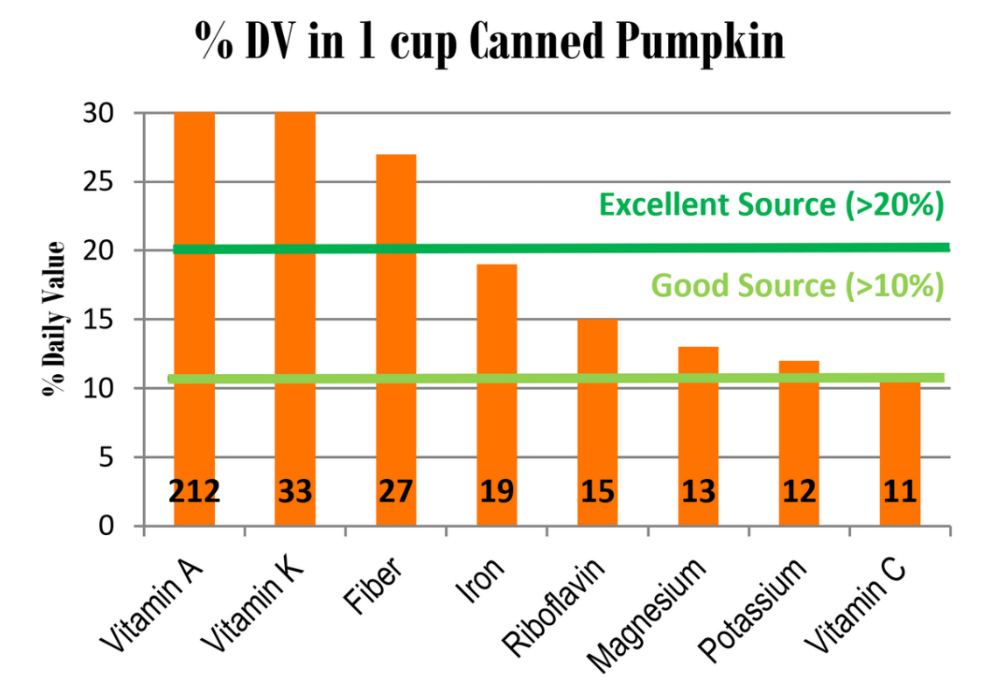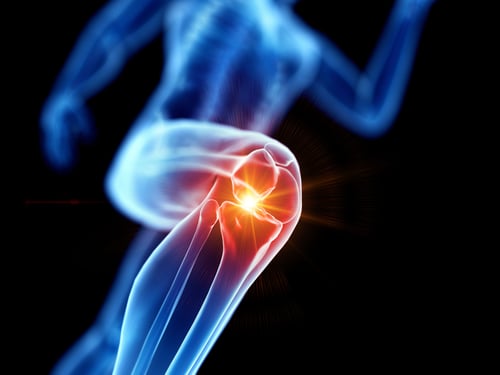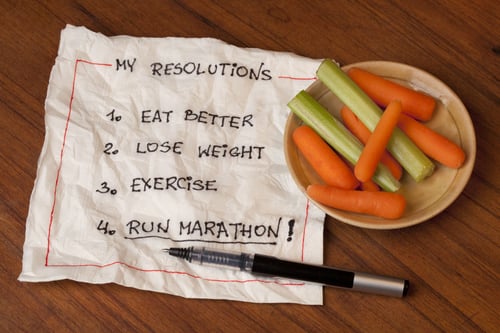
“I can’t cut back on sugar this week because my friend’s birthday is Friday and I want to have cake! I’ll start Monday.”
“I can’t join the gym now because I don’t have time to commit to workouts every day. I’ll think about it when this project at work ends and I have more time.”
“I was working out three times a week, but I missed two weeks so I might as well not start again.”
“I can’t start eating healthy now, the holidays are almost here and there’s no way I’ll keep it up then so what’s the point?”
Any of these sound familiar? When contemplating any kind of change we typically think the change has to be abrupt, hardcore, tough rules and all or nothing. That it has to be a perfect plan, followed to perfection. I have good news, it doesn’t!
Merriam-Webster defines perfect as “being entirely without fault or defect” , “satisfying all requirements” and “corresponding to an ideal standard or abstract concept”. We humans are not without sin and are full of flaws which means we cannot meet this definition of perfect. Perfection is a potentially destructive goal. If you are striving for perfect in all you do you may fail to enjoy the ride, or even small achievements in your life.
It may keep you from pursuing things you want in life. Psychology Today says perfectionism is, “A fast and enduring track to unhappiness, it is often accompanied by depression and eating disorders.” They add, “Perfection, of course is an abstraction, an impossibility in reality, and striving for it can lead to procrastination, a tendency to avoid challenges, rigid thinking and a lack of creativity.” Perfection is impossible! But still so many of us fall victim to striving for it.
Vince Lombardi said, “Perfection is not attainable, but if we chase perfection we can catch excellence.”
Don’t let the perfect be the enemy of the good. Or as Voltaire said, “The best is the enemy of the good.” If you are not willing to start until everything is perfect or until you think you can be perfect in meeting your goal, you are never going to start. When looking to improve your health, so many have the “The diet starts on Monday” mentality where you have to 100% be eating healthfully with no exception.
This type of thinking will keep you where you are in terms of health and fitness. If you don’t change, nothing changes. But it doesn’t have to be a complete overhaul overnight never to deviate from your idea of the “perfect” diet and exercise plan. Small changes to your eating habits and exercise routine count. Eating healthy meals on most days of the week is better than never eating healthier meals. Getting a workout in two days a week is way better than not working out at all. Don’t let the idea of perfection keep you from creating a healthier lifestyle. It’s not all or nothing.
Progress, not perfection!
If beginning an exercise routine is your goal, you may be worried about sticking with such a big time commitment. Any exercise is good. Even if you get just one walk in a week to start, that counts. If you make it to the gym twice a week, that counts. If you miss a week, come back the next. That’s ok! It doesn’t have to be a “perfect” workout regime. There is no such thing! Plus, starting with smaller goals is a great way to build to a sustainable healthier lifestyle.
Salvador Dali said, “Have no fear of perfection, you’ll never reach it.”
Focus on your progress, on your journey to adding more exercise in your life. Because it is something that should be done for life, not just thirty days or the few months before spring break. Taking care of your body is a lifelong commitment.
There are always going to be things that come up to disrupt your well laid plans for your workouts or healthy meal plan. Be prepared for those times and ready to hop right back on track again.
There is no failure when it comes to your health and wellness. Use any setback as a learning tool. It can help you better prepare for the next bump in the road.
Strive for excellence, but allow for imperfection.
Sometimes the goal we have in mind can seem so overwhelming, we don’t start because we think we will fail. Or we don’t know what steps to take to get there. To be successful, focus on the small steps that will lead to the big goal. Have a goal of running a marathon but you have never run a mile? Start with a goal of run/walking one mile three times a week.
Once you have achieved that goal, you can start moving toward the next win on your journey to running that marathon. Otherwise, you may get discouraged while training for your huge goal of running 26.2 miles straight.
Create benchmarks along the way and be proud of accomplishing each one. Not sure where to start? A personal trainer can help you set these smaller goals to achieve on the way to your overall fitness goal.
“It's not about perfect. It's about effort. And when you bring that effort every single day, that's where transformation happens. That's how change occurs.” - Jillian Michaels
Focusing on perfection will lead to a motivation crash the second something goes a little south. Knowing that health and fitness is a lifelong journey, not something that you are either on or you are off or pass or fail, will help you recover from any setbacks. Embrace the wins along the way when things are going well and use those wins to fuel you when you hit a road block.
If you do fall short of a goal, reflect on what happened and use it as a learning experience to help you along moving forward. It’s all part of the journey.
“Perfection is impossible; just strive to do your best.” -Angela Watson
Looking for perfection can hold you back in other ways as well. For example, I have started writing this post about ten times now. I write a few lines, delete some lines, then save it and come back and reread what I’ve written and delete some more and start again.
When talking with a client about my next blog post I told her that I was having trouble feeling satisfied with what I had written. As I explained that I didn’t want to submit it because I thought the post wasn’t good enough, a lightbulb went off and I realized I can keep writing and rewriting but it is never going to be perfect.
I’ll always find something that I want to come back and change, have grammatical errors, or feel like I didn’t get my point across as I had hoped. I can’t let my perfectionist ways keep me from finishing (or starting) a project or blog post or new workout plan. It may never be what I would deem perfect, but I hope that I, and others, benefit from what I have accomplished.
“And now that you don’t have to be perfect, you can be good.” – John Steinbeck
We are human, we are imperfect, we are unique. There will always be things that sway you from your path to your target. Being flexible, focusing on the process and celebrating your progress will help you overcome obstacles, because you know there will be ups and downs.
The path to success isn’t a straight line. Celebrate your successes along the way and don’t let perfectionism keep you off the path to your goal.
Topics: LivRite News, Workouts
5 fast facts about the pumpkin
- Pumpkins are members of the Cucurbita family, including squash and cucumbers.
- 80% of the US pumpkin supply is available in October.
- The largest pumpkin in history weighed 1,140 pounds!
- Jack-o-Lanterns originated from a Celtic celebration called Samhain, meaning “Summer’s End.” It was believed that passed souls were closest to contact and carved gourds would be set out as both a beacon to deceased loved ones and to ward off evil spirits.
- The pumpkin seeds are also edible and contain additional health benefits! Just 1-oz. of roasted seeds is an excellent source of fiber, zinc, and magnesium. Both zinc and magnesium play a vital role in the nervous system and DNA synthesis.
Pumpkin Pun:
What do you use to mend a broken jack-o-lantern?
A pumpkin patch!
Nutrient Highlights

- 1 cup of pureed pumpkin provides over 2x the daily recommendation Vitamin A! It is crucial to vision/eye health and also aids in immune function, skin and bone formation, and red blood cell formation.
- Pumpkins are packed with Vitamin K, which helps in blood clotting and building strong bones
Roasted Pumpkin Seeds Recipe:

Roasted Pumpkin Seeds
After you carve pumpkins, save your seeds for a delicious and healthy recipe.
Ingredients:
- 1 cup fresh pumpkin seeds (from 1 medium pumpkin), rinsed and patted dry
- 1 Tbsp vegetable oil
- ¼ tsp kosher salt
- 2-3 tsp desired seasonings (such as paprika and garlic, or cinnamon and nutmeg)
Directions:
To separate seeds from pumpkin “guts”, place in a large bowl of water; seeds will float to the top. Skim and pat dry. Heat oven to 300° F. Spread the seeds on a baking sheet lined with parchment paper and bake until dry throughout, 50 to 60 minutes. Increase oven temperature to 350° F. In a large bowl, toss the seeds with the oil and desired spices. Return the seeds to the baking sheet and toast, tossing occasionally, until golden brown. Let cool 10 -15 minutes. Enjoy!
Topics: Healthy Recipes

As a child my grandparents would often vacation with us and one summer we went to Daytona Florida. Back in the 70’s you could drive automobiles on the beach and when we sat back far enough, the traffic passed between us and the ocean.
My grandpa loved to sit on the beach and look through binoculars at the activities on the sand and in the water. (We all knew who he REALLY was watching.)
When cars would pass within Grandpa’s line of sight, he would pull his feet back. Even though the cars where several yards away, through his binoculars they were going to run over him!
According to Webster, “Perspective” is defined as “A glass through which objects are viewed”.
A perspective is a filter on how we see our lives and the world, it affects our attitude and even influences how we order our days.
Lester Sumrall started and pastored several churches, including growing a church in the Philippines to 24,000 members. He was the founder of World Harvest Bible College, World Harvest Radio International and a Christian magazine. He also acquired television stations that are now known as LeSEA Broadcasting and many consider him the “father of Christian television”.
During the latter part of his life, Lester said “I have never done anything great for God. I just do something for Him every day.”
I think Mr. Sumrall had a “today” perspective.
Each day is a building block for your life. Where you are now did not suddenly happen. The sum of your days thus far equals the life you are currently living and the impact you are making in the lives of others.
I love the image from Psalm 95:7: “For He is our God. We are the people He watches over, the flock under His care.”
A good shepherd is never absent. He is constantly providing.
“And God will generously provide all you need. Then you will always have everything you need and plenty left over to share with others.”
(2 Corinthians 9:8)
A good shepherd is always instructing.
“I am teaching you today-yes, you- so you will trust in the Lord.”
(Proverbs 22:19)
A good shepherd is always protecting.
“Fear of the Lord leads to life, bringing security and protection from harm.” (Proverbs 19:23)
I think many of us fall for the trap of building our lives in blocks of weeks, months and even years, which can cause us to take our eyes off the possibilities of today.
Just as Jesus is the Lord of today, I want to encourage you to have a “today” perspective. Today, you can realize God’s presence in your life. Today, you can draw closer to Him. Today He can be your shepherd. Today you can do something for God by being a blessing to others.
Topics: Encouraging Words
Bad Knees? How To Exercise with Unbearable Knee Pain

One of the most common complaints I hear from clients is knee pain. Someone will tell me they can’t exercise because they have bad knees, or I will hear they don’t want to exercise for fear of hurting their knees. Knee pain is something that affects millions of people in the United States. According to a study published in American Family Physician, “Knee pain affects approximately 25% of adults, and its prevalence has increased almost 65% over the past 20 years, accounting for nearly 4 million primary care visits annually.”. There are many reasons why one could be suffering from knee pain and it can happen at any age.
The Knee Joint
The knee is the largest joint in the body. It allows your leg to bend and straighten by connecting the upper leg bone (femur) to the two lower leg bones (the tibia and fibula). There are two pieces of cartilage (the medial and lateral meniscus) that sit and act as cushions between these bones. (There is also additional cartilage that covers the long bones that is different than the meniscus.) Numerous ligaments act as stabilizers in your knee and tendons connect the bones to the muscles. Your kneecap (patella) sits on the front of your knee and moves up and down when you bend and straighten your knee
 .
.
Two groups of muscles are the main support to the knees. One are the hamstrings, which are the muscles on the back of the thigh. They run from the hip to just below the knee and work to bend the knee. The other are the quadriceps, which are the four muscles on front of the thigh that run from the hip to the knee and straighten the knee from a bent position. Your hip muscles can also affect your knee, as they control the way your knee moves and work together with the other muscles connected to your knee.
What Are Some Causes of Knee Pain?
A common cause of knee pain can be from an imbalance in the strength around the knee. For example, “Runner’s Knee” (patellofemoral pain syndrome) is pain right behind and around the knee cap. Runner’s knee isn’t a structural problem (like a torn meniscus), the issue lies in how your muscles function. It is most often a result of abnormal mechanics caused by muscle weakness and/or tightness in the legs or core that forces the patella to bump against the femoral groove causing pain. Often our quadriceps are stronger than the hip muscles and/or hamstrings. Strength training for the posterior hip muscles, like the gluteus medius will help correct this incorrect movement of the kneecap. Tight muscles can also be a cause of misalignment. Static stretching after exercise and foam rolling can help relieve tight muscles.
This doesn’t just happen in runners. Many people have an imbalance in the strength around the knee which causes the knee to be unstable. This can be caused by our sedentary lifestyles. When we spend the majority of the time sitting, our hips, glutes and hamstrings are tight and not as strong as our quadriceps.
Hip or foot pain can change the way you walk. This altered gait can place more stress on your knee joint. In some cases this can cause knee pain. Identifying the cause of the hip or foot pain is important to realign your gait and subsequently ease the additional joint pain. Sometimes a pair of shoes can change your posture and walk. Making sure your shoes have the support you need is important to prevent any injuries or ease existing pain.
Excess body weight can also put a lot of pressure on the knees. A study showed that each pound of weight loss can reduce the load on the knee joint by 4 pounds. Lose 10 pounds, and that’s 40 fewer pounds per step that your knees must support. Less pressure means less wear and tear on the knees.
Inflammation is another cause of knee pain and can be due to a variety of reasons. Being overweight may increase inflammation in the body that can lead to joint pain. Losing weight, a healthy diet, reduction of stress and good sleep are all things that can reduce this inflammatory response. Inflammation is also a symptom of arthritis.
There are many different types of arthritis. The three types that most often occur in your knees are Osteoarthritis, Rheumatoid Arthritis and Post-Injury Arthritis. Osteoarthritis is a progressive condition that slowly wears away joint cartilage. Rheumatoid arthritis is an inflammatory condition that can strike at any age. Another type of arthritis can develop following an injury to the knee.
Knee injuries can include torn meniscus or ruptured ligaments, inflamed tendons or torn cartilage. Injuries can be caused by many different reasons; including sports injuries, falls or other accidents.
Should You Exercise with Knee Pain?
Now that you have a bigger picture of how it all works together, it should make sense that having strong muscles and bones to support the knees can help, and may eliminate or prevent pain. By building strong muscles, you can reduce knee pain and stress and help your knee joint better absorb shock. Strengthening exercises involve developing stronger muscles in your quadriceps, hips, and hamstring. Having strong muscles in place can take some of the pressure off your knees.
A common misconception is that exercises can harm your knee joints by placing excess pressure on them, especially in high impact activities such as running or high impact exercises. A study in the National Institutes of Health shows that arthritis in the knees is not more common in those that run. A report by the American College of Sports Medicine (ACSM) provides strong evidence that exercise is, in fact, good for the knees. The findings concluded that exercise actually helps improve the cartilage in between joints instead of breaking it down.
Keeping moving with low impact activities and strength training will help arthritis pain. Swimming, water aerobics, stationary bicycles and low impact aerobics are all good examples of low impact activities appropriate for those with arthritis. Movement is lotion for the joints.
Example Exercises
Here are a few exercises to help strengthen the muscles that support the knee. I would recommend starting with 10 repetitions of each. Only increase that number when you can perform them easily, without pain or difficultly. Complete a 5 minute warm up, a walk or stationary bike, prior to completing these exercises.
Lateral Band Walks
Place a resistance band around your ankles. Come into a half-squat position, with core tight and glutes engaged. Without letting your knees cave in, and keeping your weight in your heels, step out sideways with one foot, and slowly follow with the other foot. (You can add a second resistance band above your knee for additional challenge.)
Forward/Backward Band Walks
Place a resistance band around your ankles. Come into a half-squat position, with core tight and glutes engaged. Step forward at a 45-degree angle with one foot, and follow with other foot. Repeat on the other side.
For backward, take a step backwards at a 45-degree angle.
Wall Squats
Stand up straight with your back to a wall and your feet parallel, about two feet away from the wall, spread hip-width. Slide down the wall slowly until you are just about in a sitting position. Hold that position for up to 10 seconds and then slowly slide back up. Don't allow your knees to overextend in front of your toes.
Hamstring Curls
Lie flat on your stomach. Slowly bring your heels as close to your butt as you can, and hold that position for a few seconds then release and extend your legs. You can also do this exercise standing while you hold onto a chair and lift one leg at a time.
Hip Raise or Bridge
Lay on your back on the floor. Bend knees keeping feet on the floor. Heels should be close to the butt. Pushing off with the heels, squeeze your gluteal muscles and lift the hips towards the ceiling and slowly lower your hips back to the floor rolling your spine down one vertebrae at a time.
Calf Raises
Simply stand with your heels hanging over the edge of a stair and rise up onto your toes to perform calf raises.
There are many ways to strengthen the muscles that support the knee. Exercise selection depends on your fitness level and your specific knee issue. Consulting with a physician, physical therapist or personal trainer can help determine what is appropriate for you. The best thing you can do for existing knee pain, and to prevent knee pain, is to strengthen the muscles that support your knee and keep them flexible. Don’t let knee pain keep you sidelined, keep moving!
Topics: LivRite News

Did you make any new year’s resolutions back in January? How are you doing on them? Fitness resolutions are among the most popular aspirations among resolution-makers. But the brutal truth is that, of 40% of Americans who make them, less than half are still on-track at mid-year, and less than 10% report achieving their goal.
What’s different about the few who make it to the end of the year to achieve their goals? I believe it’s grit. I define grit as the convergence of passion and perseverance around a long-term, meaningful goal. Grit has been shown to be a better predictor of success than talent in every domain in which it has been studied, including the classroom, West Point, and professional sports teams.
The good news is that grit is not something in your DNA that you are born with; but rather, more like a muscle that can be developed. Here are several tips for strengthening your grit muscle to help you achieve your LivRite Fitness goals.
First and foremost is to be crystal clear on your high-level goal and why it is important. For me, this is about achieving a high level of physical and mental fitness for the demands of my new role as a care giver for my wife, who has Parkinson’s. I’m passionate about this goal. It is more important to me than my comfort or anything else that might ambush me to sabotage my progress.
Second is to recognize that there is no such thing as overnight success. I know that achieving my goal is a marathon, not a sprint. I don’t expect immediate results. That being so, I’m focusing on enjoying the journey. And the best part about the journey is our community. I appreciate the team at LivRite Fitness, especially Jill, who demonstrates tough love to guide me towards the achievement of my goal. There are others, like Matt Lymberopoulos, who are always there to provide encouragement. Plus lots of regulars who are on their own journeys and meet up at the same time each week at LivRite Fitness in Noblesville to encourage one another.
If you’d like to strengthen your grit muscle, choose to do something hard – something out of your comfort zone – that will move you a step closer to a long-term meaningful goal.
Topics: Insider


